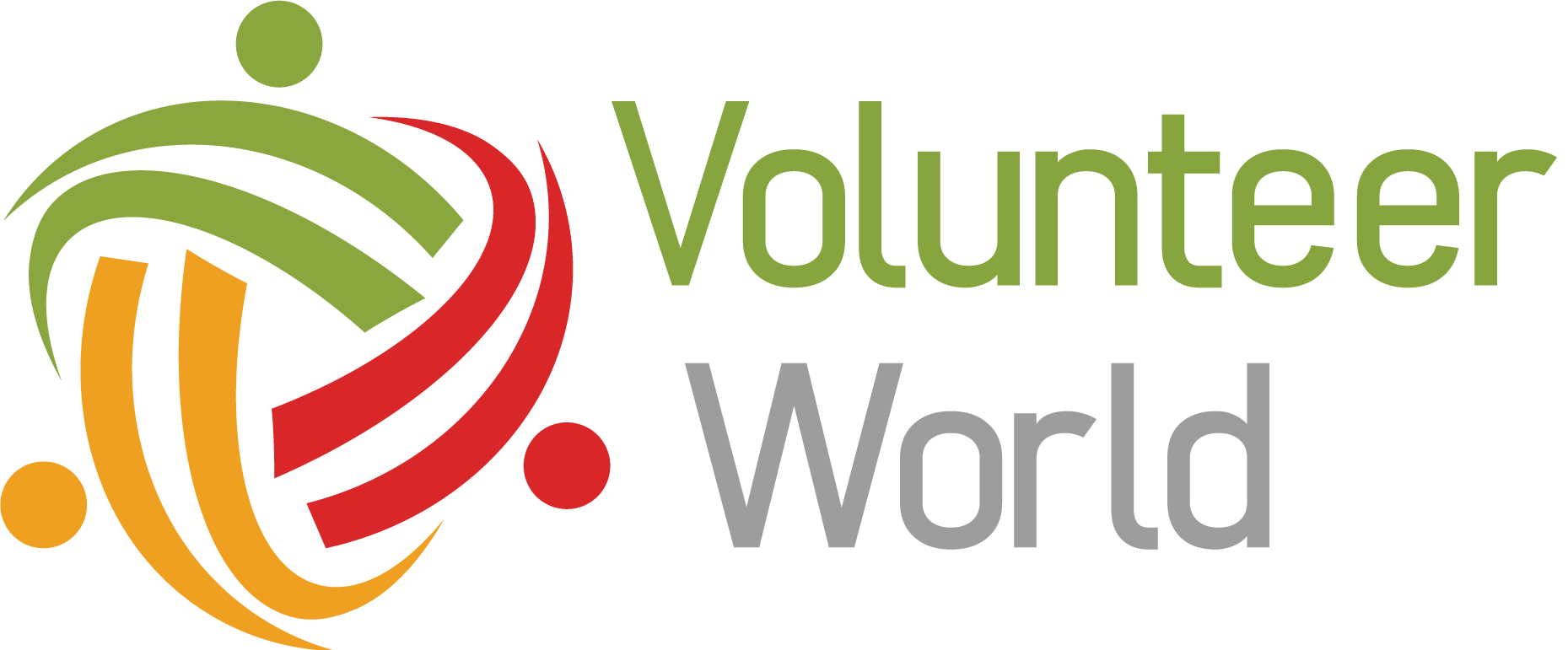Understanding Ecuador’s Healthcare System
Go-Elective Abroad
Understanding Ecuador’s Healthcare System
Healthcare systems around the world offer a window into a nation’s priorities, values, and infrastructure. For Ecuador—a developing country with a steadily evolving system—the journey toward accessible and equitable care is a remarkable one. Despite ongoing challenges, Ecuador’s efforts to strengthen its healthcare landscape offer valuable lessons for global health professionals, students, and volunteers.
Whether you’re interested in international healthcare systems, looking to volunteer abroad, or planning a medical internship, here’s what you need to know about Ecuador’s healthcare system in 2025.
Interested in immersive healthcare internships in Africa? Explore Go Elective’s international programs to gain hands-on experience while making a difference.
Primary Health Concerns in Ecuador
Public Health Issues and Social Determinants
Ecuador, nestled between Colombia and Peru on the western coast of South America, faces many of the same healthcare challenges as other developing nations. Approximately 10% of its population lives below the international poverty line, with inadequate sanitation and nutrition leading to persistent outbreaks of diseases such as typhoid, hepatitis A, and dengue fever.
Poor access to clean water, limited preventive infrastructure, and a shortage of healthcare professionals continue to impact rural and underserved communities.
5 Facts About Ecuador’s Healthcare System
-
Ecuador Declared Health Care a Human Right in 2008
A significant turning point came with Ecuador’s 2008 constitutional reform, which recognized healthcare as a basic human right. This laid the groundwork for universal health coverage and an increase in public health investment.
A new Ministry of Public Health was tasked with building a more inclusive system, leading to expanded services and improved access for millions of Ecuadorians—especially those in low-income and rural areas.
-
Ecuador Offers Three Main Healthcare Access Models
Despite its modest resources, Ecuador’s health system provides multiple pathways for care:
- Public Health System: Free or low-cost care is available for uninsured or low-income individuals.
- Social Security System: Formal employees and their families are covered through payroll contributions.
- Private Sector: Those seeking faster service or specialized care may use private providers or nonprofit clinics.
Volunteering or shadowing abroad can expose future healthcare providers to the complexities of managing care across public, social, and private systems.
-
Ecuador Is Considered One of the Most Efficient Healthcare Systems
While Ecuador may not have the technological advancements of wealthier nations, it ranks impressively in global healthcare efficiency. According to past Bloomberg Health Care Efficiency Index reports, Ecuador has outperformed countries like Germany, Greece, and the U.S. on indicators like life expectancy versus healthcare spending.
This achievement reflects a strong commitment to maximizing limited resources—something that makes the system particularly interesting to study and work within for international healthcare students.
-
Healthcare Spending Has Increased Dramatically
In just two decades, Ecuador’s per capita healthcare spending increased more than sixfold—from $40 in 1995 to $285 by 2014. Healthcare now represents over 7% of Ecuador’s GDP.
This surge in investment supports efforts in:
- Disease prevention
- Sanitation and public health education
- Infrastructure expansion in underserved regions
Such reforms in global health create opportunities for global health interns to contribute to ongoing education and outreach efforts.
-
Medical Services and Insurance Are Inexpensive and Accessible
Ecuador offers surprisingly affordable healthcare. Most medical procedures cost around 20% of what they would in the U.S. A typical doctor’s visit costs $30–$40, with specialists charging just a bit more.
Health insurance is also accessible:
- Required for adults under 65
- Monthly premiums average $60–$80, a fraction of U.S. prices
Final Thoughts
Ecuador’s healthcare reforms over the last 15 years provide an inspiring example of how political will and smart resource allocation can lead to improved access and outcomes—even in low- and middle-income settings.
While there are still gaps in infrastructure, technology, and provider availability, the country’s commitment to universal healthcare, community engagement, and cost-effective care makes it a valuable case study for anyone exploring careers in global health, policy, or public health systems.
Interested in gaining firsthand global health experience? Check out Go-Elective medical internship programs in Kenya and Tanzania.
Article Details
Categories
Recent Articles , Pre-health, Medical Electives, Nursing Internships, Dental Internships, PA Internships, Residency,
Author: Go-Elective Abroad
Date Published: Sep 7, 2025
Travel with us.
Inquire Today!
Go Elective offers immersive opportunities for medical students, pre-med undergraduates, residents, nursing practitioners, and PAs to gain guided invaluable experience in busy hospitals abroad. Discover the power of study, travel, and impact.






